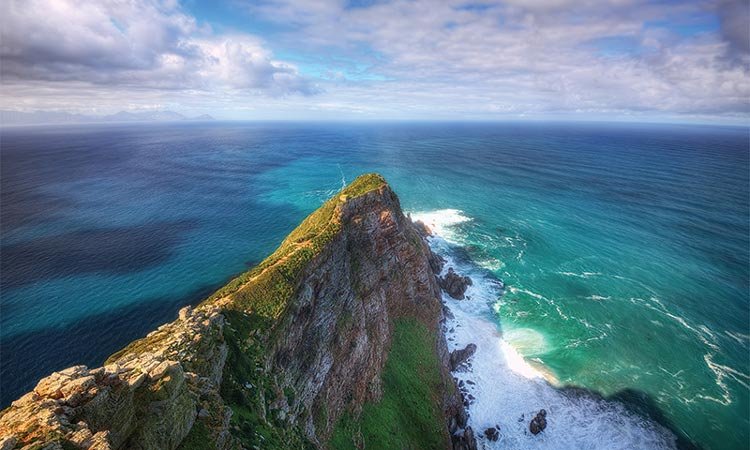There’s a common misconception that the Cape of Good Hope lies at the southern tip of the African continent. In reality, the point where the Atlantic and Indian Oceans meet is about 150 km to the southeast, but the fact that this confusion has endured for so long and is still quite common illustrates what an inaccessible and terrifying area this was for centuries. Although attempts to circle around Africa go back to the pre-Christian period, the first successful (documented) rounding was by Portuguese mariner Bartolomeu Dias in 1488. (It turned out the secret was to sail far out in the open ocean rather than to hug the coast.)
Tradition says that Dias originally named the area the Cape of Storms, and that he was overruled by the king of Portugal, who chose the name we know it by, as it represented the hope of a new route to the east.
Death, once the “cape of storms” where life and hopes were shipwrecked, was conquered when Jesus rose from the dead on Easter morning. When Mary Magdalene and two other women went to the tomb where Jesus had been buried, it was still dark. They had no idea how they would move the stone that sealed the tomb and they wondered how they would complete the embalming of Jesus’ body. To their surprise, when they reached the tomb, the stone was rolled away… but the body was gone.
Mary begins a conversation with a stranger in the garden, and one word from him turns her darkness to light: “Mary.” She recognizes the voice. It’s confusing, astonishing, unbelievable—and yet, Jesus is alive!
As a result of Jesus’ resurrection, like those fifteenth-century explorers, we can see beyond the “Cape of Storms” to the hope of heaven and eternal life with God. This living Jesus is with us still and promises each of us: “Because I live, you will live also.”1 That is the heart of our faith, and the reason we celebrate Easter this month.
- John 14:19 ↑
